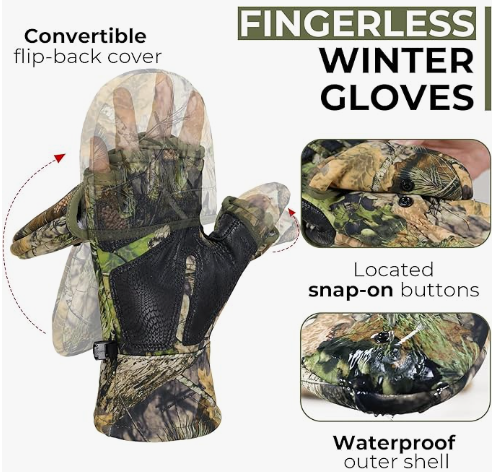Impact gloves are essential in jobs that expose hands to mechanical risks like impacts, cuts, and abrasions. Impact gloves with cut and abrasion resistance offer both protection and durability, making them ideal for high-risk environments. This guide covers key features, materials, standards, and tips for choosing the best gloves.
What Are Impact Gloves?
Impact gloves are designed to protect hands from injuries caused by impacts, sharp objects, and rough surfaces. Common features include:
- Thermoplastic Rubber (TPR) Padding: Protects the back of the hand from impacts.
- Reinforced Palms: Enhances durability and improves grip.
- Cut-Resistant Fibers: Materials like Kevlar and HPPE shield against cuts.
- Abrasion-Resistant Coatings: Nitrile or polyurethane coatings protect against wear and tear.
Why Cut and Abrasion Resistance Matters
Cut and abrasion resistance in gloves is essential for tasks that involve sharp or rough materials. These features help prevent injuries and prolong glove life.
- Cut Resistance: Shields hands from sharp objects and reduces risk of cuts.
- Abrasion Resistance: Protects skin from rough surfaces, ensuring gloves last longer.
Key Safety Standards for Impact Gloves
ANSI/ISEA 138 Standard
This standard measures a glove’s impact protection on a scale from 1 to 3, with Level 3 providing the highest protection for knuckles and fingers.
| Level | Impact Protection | Suitable For |
|---|---|---|
| 1 | Basic impact protection | Light-duty tasks with minimal impact risk |
| 2 | Moderate protection | General industrial tasks |
| 3 | High protection | Heavy-duty work with significant impact risk |
EN 388 Standard
EN 388 evaluates a glove’s resistance to multiple mechanical risks, including cuts, abrasions, and punctures. It uses a rating system for each type of protection:
| Protection Type | Rating Scale | Explanation |
|---|---|---|
| Abrasion | 1-4 | Higher numbers mean better durability |
| Cut | 1-5 or A-F | TDM test (A-F) rates for advanced cut tests |
| Tear | 1-4 | Resistance to tearing |
| Puncture | 1-4 | Higher numbers indicate stronger resistance |
Common Materials Used in Impact Gloves
Different materials provide specific benefits for impact gloves:
- Kevlar: High cut resistance and moderate heat protection.
- High-Performance Polyethylene (HPPE): Lightweight and cut-resistant, suitable for long wear.
- Nitrile Coatings: Improve grip and abrasion resistance, especially in oily conditions.
- Thermoplastic Rubber (TPR): Used for back-of-hand impact protection.
How to Choose the Right Impact Gloves
Selecting the right impact gloves requires considering the hazards present in the work environment. Here are key factors:
- Identify Workplace Hazards: Determine if the environment involves sharp objects, heavy equipment, or abrasive surfaces.
- Check Safety Ratings: Ensure the gloves meet relevant standards (ANSI/ISEA 138 and EN 388) for impact, cut, and abrasion resistance.
- Consider Fit and Comfort: Proper fit ensures both protection and comfort, which encourages consistent use.
- Evaluate Durability: Choose gloves made from durable materials to ensure they last in demanding conditions.
Maintenance Tips for Impact Gloves
To maximize the lifespan of impact gloves, follow these maintenance steps:
- Inspect Regularly: Check for wear or damage before each use.
- Clean Properly: Follow cleaning instructions to maintain the integrity of the materials.
- Replace When Needed: If gloves are worn or damaged, replace them to maintain optimal protection.
Summary Table of Key Features
| Feature | Purpose | Best For |
|---|---|---|
| TPR Padding | Impact protection | High-impact work |
| Reinforced Palms | Enhances durability and grip | Heavy lifting and tool use |
| Kevlar/HPPE Fibers | Cut resistance | Work with sharp materials |
| Nitrile/Polyurethane | Abrasion resistance, improves grip | Oily and abrasive environments |
Conclusion
Impact gloves with cut and abrasion resistance provide essential protection in hazardous work environments. Gloves with ANSI/ISEA 138 and EN 388 certifications are ideal for industries where hands are at risk. By choosing gloves with suitable materials and maintaining them properly, workers can ensure safety and durability on the job.








